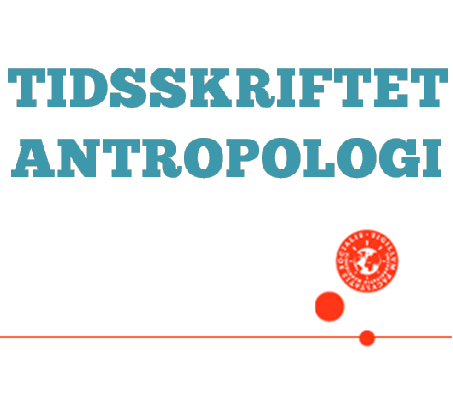RITUALISERET TALE I HOVEDLØSE SAMFUND
DOI:
https://doi.org/10.7146/ta.v0i35-36.115318Abstract
Hanne Veber: Ritualized Speech in
Headless Societies. The Constitution of
Power and Publicness in the Amazon
Anthropology conceptualizes native
Amazonians as prototypical egalitarian
societies. In these societies, formal leadership
is weak and seldom operative beyond
the extended family or local group level. It is
based on personal prestige and the ability to
inspire confidence. The leader is expected to
guide his following through the topography
of the economic and the socio-political
landscapes but is in no position to give
orders or command. This weak power
syndrome has inspired the term “headless
society” in the literature. Pierre Clastres has
developed the idea that a systematic antistate
campaign is embedded in Amazonian
social structure and therefore, centralization
and consolidation of power has been precluded.
Short of subscribing to Clastres’
argument, it is clear that power in
Amazonian societies, as elsewhere, is based
on consent and this fumishes the only
measure of its legitimacy. The questions
remain, then, how is order constituted in the
absence of explicit mechanisms for enforcement
of rules and norms, and how are
potential conflicts solved? One answer is
furnished by the institution of ritualized
speech or ceremonial dialogue found in most
Amazonian societies. These constitute
devices of meta-communication through
which human interaction is regularized.
Years ago, the Danish anthropologist Niels
Fock explored the Waiwai oho-chant as a
form of legal authority in Weber’s sense,
supplementing the traditional authority on
which Waiwai leadership rested. The
relation between the two forms of authority
remained unclear, however. Greg Urban
views ceremonial dialogue through the
optics of semiotics and demonstrates its
regulative social functions, thus providing a
sophisticated confirmation of Fock’s earlier
hypothesis. Comparative data on ritualized
speech from the author’s fieldwork among
the Pajonal Asheninka of eastem Peru
demonstrates how potential conflicts are
negotiated through ritualized speech and
how the resolutions are confirmed through
their being made public by the ritualization.
In this sense ritualized speech facilitates a
smooth flow of social life - even in the
societies with no head.
Downloads
Published
How to Cite
Issue
Section
License
Ophavsretten til artiklerne i Tidsskriftet Antropologi tilfalder forfatteren.
Artikler publiceret i Tidsskriftet Antropologi må citeres, downloades og videresendes for ikke-kommerciel brug, under forudsætning af normal akademisk reference til forfatter(e) samt tidsskrift, årgang, nummer og sider. Artiklerne må kun genudgives med eksplicit tilladelse fra forfatter(e) og tidsskriftet.


